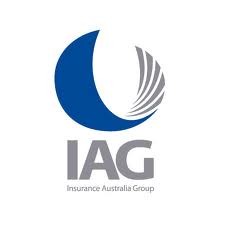Do you need more sales?
We have developed a way to deliver substantial sales performance improvements to help you win more business.
We listen to you, the experts in your business and we shed new light on old problems. We define success succinctly. We build on your strengths with the very latest sales thinking and with a broader perspective on how to empower the whole organisation behind your business development programs. You get a strategic sales plan that enables you to pivot, adapt and grow ahead of your competition.
Step 1 Diagnosis
We visualize your key imperatives based on best practice.
You know your business but sometimes a third party perspective can shine new light on opportunity. Before we immerse ourselves in a deep dive into your business we ask 5 people in your organisation 11 questions to get a snapshot of the current situation. These questions relate to 11 success criteria that define best practice, we collate the responses and provide a summary report. We present the summary report to the project leader and for discussion and agreement with key stakeholders. We have found this approach creates an early opportunity for robust debate on key issues and helps efficient focus in the right opportunity areas. For further reference to this approach refer to this article in Marketing Magazine.
Example areas of sales opportunity visualisation: We draw upon feedback from five different departmental leaders to identify clear opportunity areas. We send out a web-based questionnaire and ask each recipient the same questions, we then compare the answers to draw out the key issues. The questions are based on proven criteria that contribute to top performance. Knowing that key stakeholders are often extremely busy the questions have been designed to take less than 5 minutes to complete. This has proven a highly effective way to very quickly get a visual map of the key imperatives plus get all the key people involved from the start. It also serves as a measure to cross reference in the future to identify our areas of improvement.
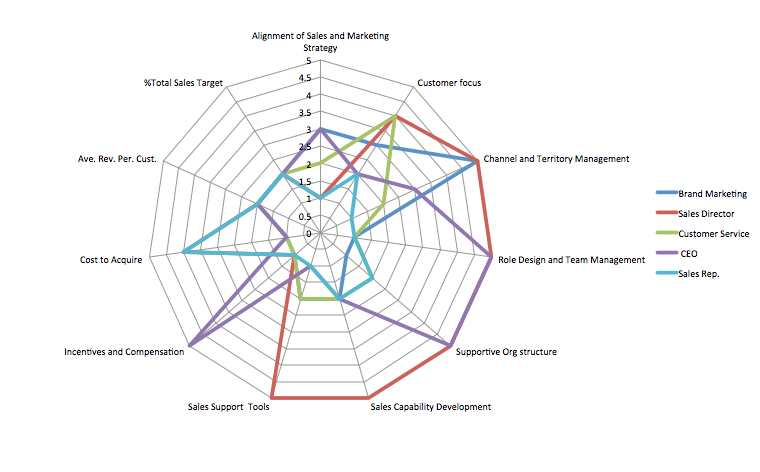
We dig deep focusing on your key areas.
Armed with the support of the key stakeholders, we immerse ourselves getting to understand your business and the industry you’re in. We dig deeper to understand the commercial imperatives, and your business ambitions. Only by truly understanding the problem can we be in a position to articulate the solution to solve it. We focus on specific areas identified in the early diagnosis report, any other areas nominated by key stakeholders and by drawing on cross category sales management experience. Our process includes desktop research of all available information and stakeholder interviews. If required we can instigate further qualitative or quantitate customer research and insights gathering. We present a feedback report to the project leader and for discussion with key stakeholders.
As part of this deep dive we have in the past worked in our clients sales team to gain invaluable insights. Immersion in the sales process helps us to identify the triggers for demand generation, the road blocks to starting conversations and the barriers to closing deals. For Austar we spent days in the field sales team and in the call centre getting a deep understanding of the sales process in the front line.

We dive deep into your web analytics to understand the drivers in regards to sales success and then we draw out the relevant points for the purpose of winning more business.
- How many peple are visiting your online store?
- Which sources drive business your way?
- How good are you at turning visitors into customers?
- How many orders have been placed?
- What is your revenue (including and excluding shipping charges and taxes)?
- Are your AdWords campaigns performing or not?

We dive deep into your retail sales analytics to understand the drivers in regards to key elements of retail success in addition to evaluating your merchandising approach and seeking answers from your retail sales teams.

We define what success looks like.
This stage could also be called distillation as it refers to a process whereby we articulate the vision for the business in a short succinct statement. We ensure the statement is aligned with the company’s strategic priorities and importantly with the opportunities for future sales growth. We define the driving factors and their commercial effect.
The purpose of the vision statement is to provide an internal statement that serves two all-important ends. Firstly, it is the only point of departure for each and every sales activity. Secondly it provides the ultimate and only benchmark for evaluation.
We develop a series of draft statements for key stakeholders to agree on one often these are derived from insights uncovered in the deep dive analysis. Businesses that have a clear vision for sales are more successful because they understand what success looks like at every level. Refer to this article on Success written by Duncan Wakes-Miller in Marketing Magazine.
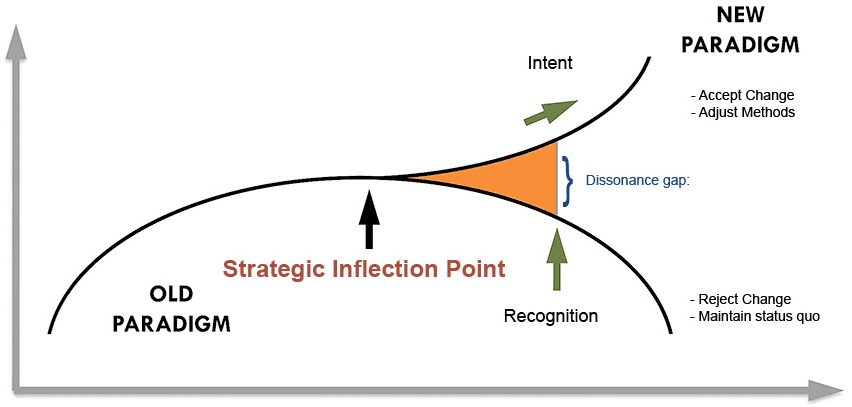
We plot your journey to a point of advantage with innovation.
We create a plan your competition would like you to do least and challenge conventional thinking. Modern markets are complex, priorities lists are long, creating momentum and maximum leverage of all assets is crucial. When often 99% of products, pricing and channels are the same or similar it’s the 1% that is different that is 100% of the difference.
We provide a sales plan with both quick win opportunities and capability gains against your horizon for success. Our strategic plans represent a balance between proven strategies executed well and innovation to disrupt the market for immediate growth.
The plan can be presented in a simple easy to communicate strategic roadmap for growth on one page. This will include objectives, key imperatives, quick wins, capability gains, budgets KPIs and time horizons for each phase of the plan.
The objective is to help create adaptive leadership at every level of the organisation and empower people to do the right thing and stop doing activity deemed important but which is ultimately not effective. Example: Strategic roadmap for growth template.
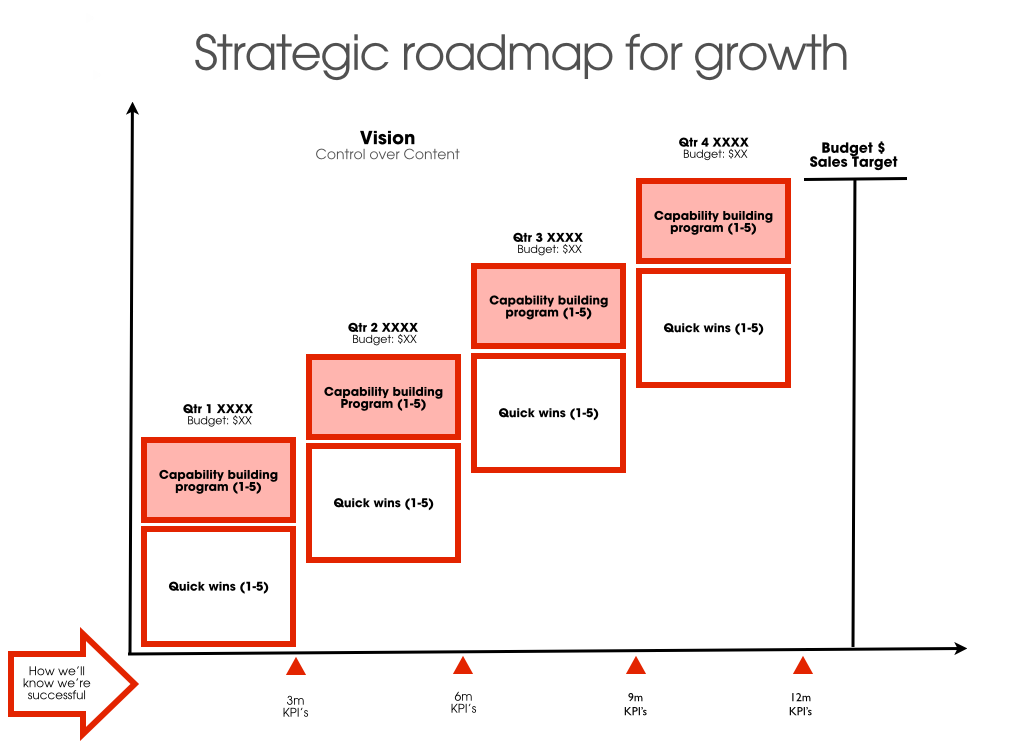
We get the right stuff done and keep improving on it.
Resources are scarce; your investment demands a positive return. You need roles defined, tasks and deadlines set and realistic goals established. Everything designed to be measured, managed and optimised. We can provide regular expert third party perspective to make sure you stay on track or if required we can build a team to deliver your desired outcomes.
Thirty years of research by leadership guru Dr John Kotter and McKinsey have proven that 70% of all major change efforts in organisations fail. Why do they fail? Because organizations often do not take the holistic approach required to see the change through. We apply Kotter’s 8 steps for change as an effective delivery methodology for optimisation.
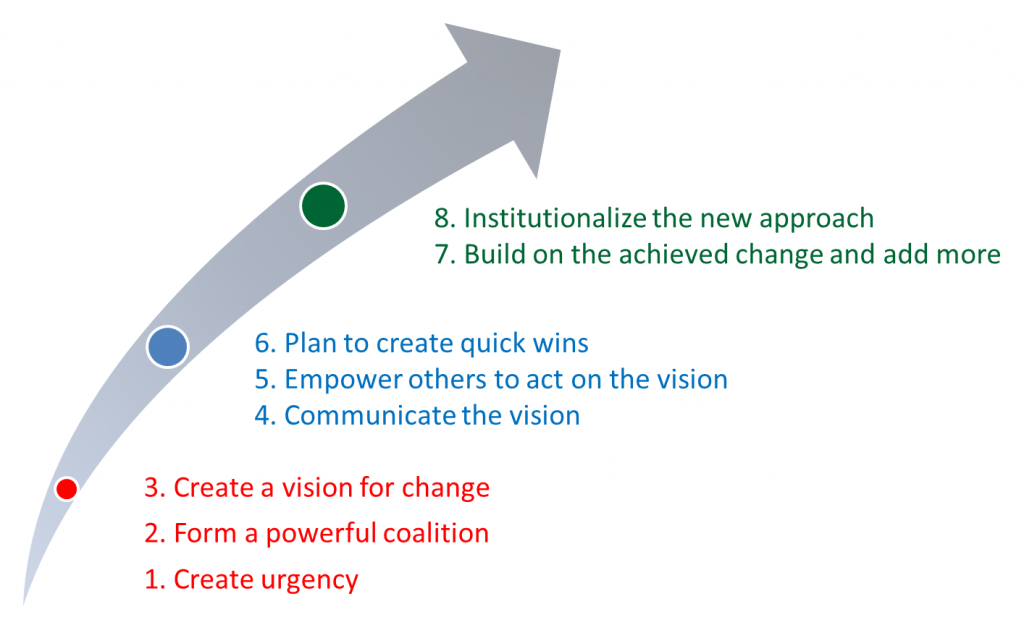
If you would like to supercharge your sales programs please do get in touch via the contact form below. Thank you.









